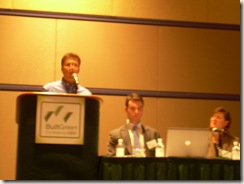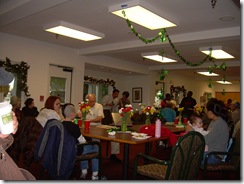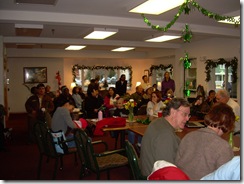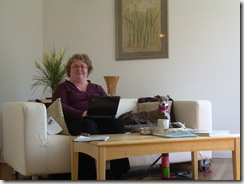Ann Griffin, Earth Advantage Institute
Ben Kaufman, GreenWorks Realty
Sterling Hamilton, Hamilton Investments, LLC
This is live blogging from the Built Green Conference in Seattle today.
The Green Building Valuation Initiative

Definition of Comparable Sales
Date of Sale
Location
Age
Size
Quality
Value
Not "green"
Homes built in 2006-2007
Seattle – 47% of homes below $400k, 43% sold for more than $500k
Portland – 43% below $400k, 24% between $400-500k
Seattle Metro Results
68 subject props, 207 comps
Price premium of 9.6%
Sq ft oremium avg $20
Certified homes on market for 38% more time
Consumer Survey
90% consumers would choose a certified home again
80% reported that they would pay up to 5% more in order to move into a sustainable home.
Ben Kaufman is presenting the recently released Seattle area study for traditional and green home sales. Please refer to the ECert Report on the GreenWorks Realty web site. Stock market fluctuations in 2007 and 2008 directly affected home sales (as seen in the study).
Overall market share of green homes is building over time, even with the drop in price and sales we have seen in recent economic times. Green homes may be 23% smaller in sq ft, but they still sell for 3% more.
He notes that in areas outside of Seattle, where there may not be such a strong building program, builders may be losing value at the point of sale if they do not educate their buyers as to the benefits of the green features in the home for sale.
Sterling Hamilton’s information is from the tax assessor.
His findings for East King County don’t necessarily show a premium for certified homes. The difference in value is balanced by the idea of value of absolute price vs the value over time. As we went from a boom market (2006) to a bust market (3007) then you see an increase for certified homes vs. uncertified. He pointed out that the eastside market is made up of a lot of custom homes, not all spec homes by large builders.
In the Seattle townhome market, homes built 2004-2008, certified vs uncertified. Example: in 2004, average price is $4for uncertified and $433k. By 2997, $470k average price for homes and negative appreciation for noncertified homes.
Sterling reminds us that it is not just about sustaining the environment, it is also about sustaining value – and they are not necessarily in conflict with each other.
During Q&A;, Ben pointed out that what builders had been doing is just building bigger and bigger homes with green features and the homes were more and more expensive. And buyers said umm, I don’t think so. Maybe you need to meet the same price point and make the homes smaller. I personally can speak to living in a "smaller" than average home. My townhome (3 star Built Green in High Point) is 1,681 sq ft per plan, and the design is so smart and efficient we are able to use all of the space to our best advantage and live quite comfortably in that amount of space. I previously lived in an older home of the same square footage but not all of it was usable and comfortable space. i actually now have more home to live in than I used to.
Sterking’s email address: srhamil@gmail.com




